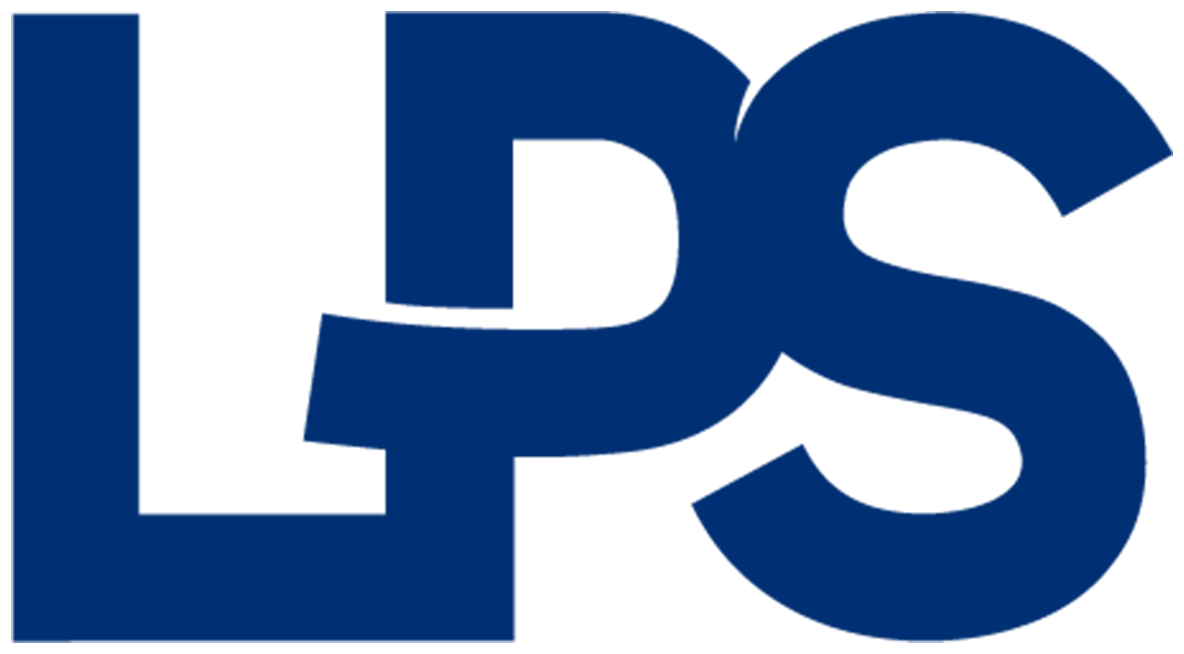Students in Brooke Rooney’s intro to engineering design class at Lawton Public School’s Life Ready Center aren’t interested as much in winning as they are in making sure Mutant survives Speedfest intact.
Mutant is a battery-powered foamboard plane five students spent about a month building before taking it to Stillwater for a pre-Speedfest inspection in late March. The students were invited to the annual competition hosted by OSU’s College of Engineering, Architecture and Technology.
Kylah Threatt, student, explained that the purpose of the pre-inspection was to “make sure the plane didn’t explode or anything”. While there, they learned a few things about their plane.
“We had to make changes to the plane onsite at the inspection,” said Cedric Chandler, one of the students who helped build the plane. “We had to do a lot of stuff. The plane was off balance. There was too much weight in the back, the tail was too heavy.”
The team also learned that some dowel rods were in the wrong location and that rubber bands holding the wings on had worked loose.
“We needed the wings to fly the plane,” said student Blaze Triche. “When it took off, it went straight up in the air.”
“We had to make some modifications on the wings,” Rooney said. “One was upside down and backwards.”
Students also learned how to properly handle the battery that powers the plane.
“We burned up the battery. We learned not to handle the batteries at all,” Triche said.
“We learned electronic safety as much as how to make things fly,” Rooney said of the pre-inspection.
The students and Rooney will return to Stillwater April 25-26 for the actual competition, which Rooney described as “essentially NASCAR racing in the sky”.
The LRC team will compete against 38 other teams from across Oklahoma in the India class, which is for fifth through 12th graders. The planes have 2 minutes to fly laps on a 330-foot field in three to four heats; points are given for the most number of laps flown.
Because the students are not certified to fly Mutant, pilots will be on hand to do that for them. That’s not to say the students have nothing to do; each has an assigned task. One student calls out the laps as two more act as flaggers and flag the laps as Mutant circles the field. Another student is in the hangar and helps communicate between the pilot and the students.
Triche’s role is to actually get the plane in the air.
“I get to throw the plane,” Triche said. “The pilot revs up the propeller and I give it a slight push up.”
Although students are not allowed to modify the plane once it passes inspection, they will be allowed to fix it on the day of competition if something goes wrong.
“If it crashes, we have to fix it like a pit crew,” said student Alex Robarge.
The students also ran into several challenges during construction of the plane, which came with virtually no instructions.
Robarge was in charge of painting Mutant a bright green with brown accent.
“I took the plane home to paint. I learned that spray paint melts Styrofoam. I didn’t know that,” Robarge said. She had to do a repair job on the part that melted so the plane would be level.
Annemie Sharp’s job was to make the wings angle downward. She said she used a craft knife to bevel the wings.
“I was being very cautious. ‘Do I cut this? How much do I cut’?” Sharp said of trying to get the wings just right.
At some point, a tail fin was lost and students had to make a new one.
Because the students are not certified to fly the plane, the first time they saw it take flight was when it was pre-inspected in March. But seeing it actually take to the air was icing on the cake for the students.
“Me, personally, I was not focused on flying. I was focused on finishing it,” Robarge said.
“It was our first experience, myself included. We were more into learning. We wanted to go get our feet wet,” Rooney said of the experience. “I’m not sure the goal is to win. I want to make sure the plane survives the day and we compete in every heat we are allowed. I want the experience to be for the kids. These kids know the inner workings of the plane and where the balance is off. They have to be able to fix it when I’m not there.”
Rooney’s goal next year is to certify a couple of students as pilots so they can fly the plane. Certification consists of an online course and a written exam and costs about $500 per pilot, she said.

